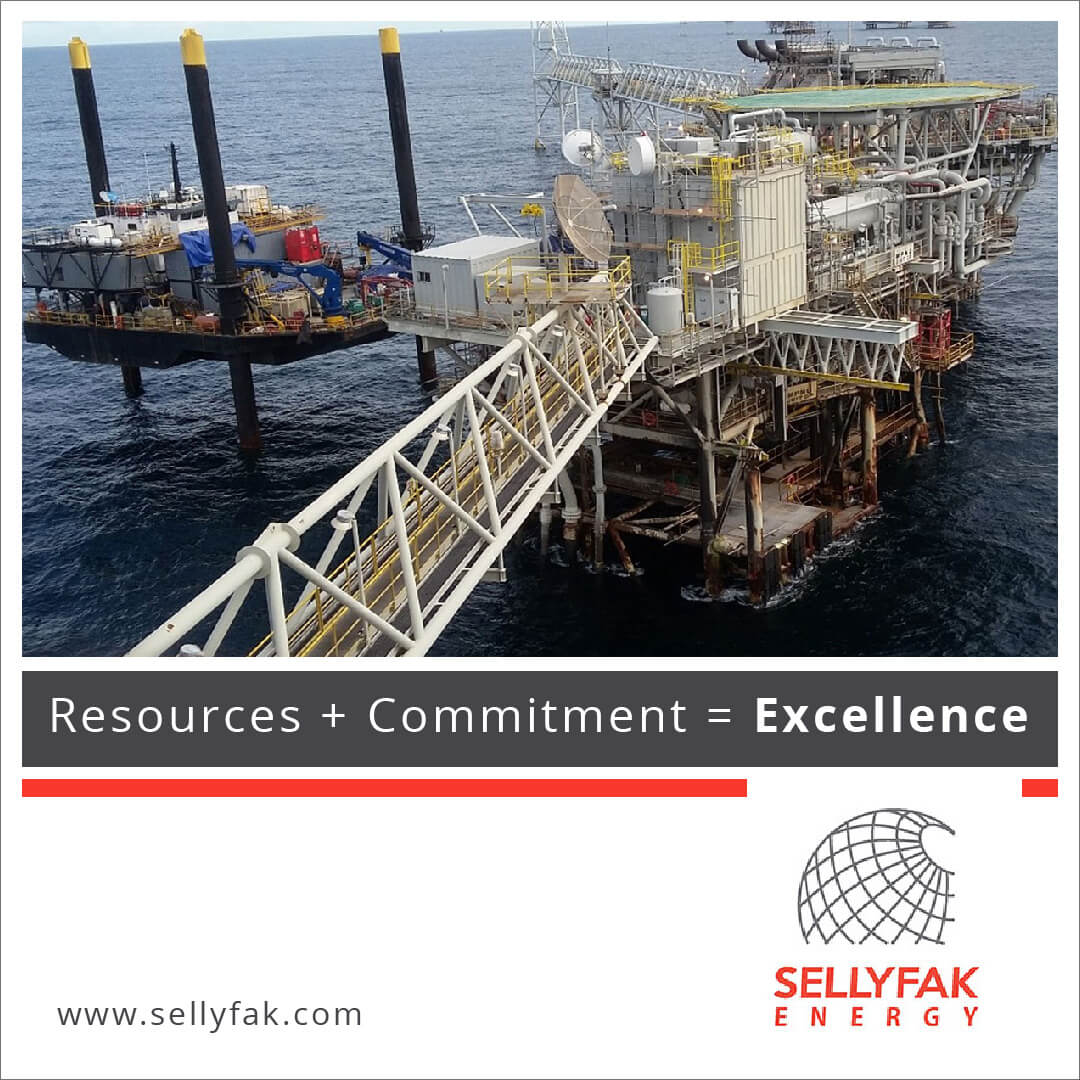The International Monetary Fund (IMF) has revised its 2025 global economic growth forecast to 3.0%, up 0.2 percentage points from its April projection, citing front-loaded policy adjustments, looser financial conditions, and fiscal expansions across major economies.
The latest World Economic Outlook (WEO) Update, titled “Global Economy: Tenuous Resilience amid Persistent Uncertainty”, offers a cautiously optimistic outlook, despite persistent geopolitical risks and policy volatility.
Growth Momentum Picks Up Slightly
The updated forecast marks a slight uptick in global momentum, with 2026 growth projected at 3.1%, 0.1 percentage points higher than earlier expectations.
Also Read:
According to the IMF, “this reflects stronger-than-expected front-loading due to anticipated higher tariffs; and lower average effective U.S. tariff rates compared to those announced in April.” Additionally, the weakening of the U.S. dollar and fiscal expansion in key economies further supported growth prospects.
The improved global financial conditions, driven partly by increased investor risk appetite and easing borrowing costs, are fostering a better-than-anticipated short-term outlook.
However, the IMF emphasizes that these gains are tempered by elevated economic uncertainty and uneven recovery patterns across regions.
Advanced Economies: Modest Expansion Continues
Among advanced economies, growth is expected to rise to 1.5% in 2025 and 1.6% in 2026. The United States leads this group, with GDP growth projected at 1.9% in 2025 and 2.0% in 2026, slightly improved from April estimates.
However, the report notes that cooling private sector demand and lower immigration may dampen this momentum.
In the Euro Area, growth is forecast at 1.0% in 2025 and 1.2% in 2026, reflecting lingering structural challenges and fiscal constraints. Meanwhile, other advanced economies are expected to grow at 1.6% in 2025, before rebounding to 2.1% in 2026, benefiting from improved trade flows and domestic consumption recovery.
Emerging Markets: China and Nigeria Offer Resilience
The IMF forecasts 4.1% growth in 2025 for emerging and developing economies, marginally easing to 4.0% in 2026. A key driver of this performance is China, whose 2025 outlook has been revised up by 0.8 percentage points to 4.8%, buoyed by stronger-than-expected first-half activity and reduced U.S.-China tariffs.
Sub-Saharan Africa is projected to maintain 4.0% growth in 2025, with a slight increase to 4.3% in 2026. Nigeria, the region’s largest economy, is forecast to expand by 3.4% in 2025 and 3.2% in 2026, underpinned by moderate oil price recovery, fiscal reforms, and stronger non-oil sector output.
In Latin America and the Caribbean, growth is expected to slow to 2.2% in 2025, before edging up to 2.4% in 2026, as key economies grapple with inflation and external imbalances.
Emerging Europe remains sluggish, with forecasts of 1.8% in 2025 and 2.2% in 2026, reflecting persistent structural bottlenecks and policy uncertainty.
Inflation Moderates Globally, But Risks Persist
Global headline inflation is projected to fall to 4.2% in 2025 and further to 3.6% in 2026, continuing the downward trend observed since 2023.
However, disparities remain: inflation is expected to stay above target in the United States, while being more subdued in other large economies such as the Eurozone and Japan.
The IMF cautions that policy uncertainty remains high, and downside risks dominate the outlook. “A rebound in effective tariff rates could lead to weaker growth,” the report warns. Expiring trade deals, geopolitical tensions, or commodity price shocks could destabilize global supply chains and heighten financial market volatility.
Navigating a Fragile Recovery: Policy Recommendations
While the baseline scenario points to a resilient, albeit modest, global recovery, the IMF underscores the need for coordinated, confidence-building policies. It urges governments to pursue predictability by “easing tensions, maintaining price and financial stability, restoring fiscal buffers, and implementing essential structural reforms.”
Energy commodity prices are forecast to decline by 7.0% in 2025, less than previously expected, helping to ease inflationary pressures. Yet, the IMF stresses that without clear progress on trade negotiations and fiscal consolidation, market optimism could quickly reverse.
Growth Hinges on Stability and Reforms
As the world economy navigates a complex landscape of shifting tariffs, fiscal tightening, and geopolitical instability, the IMF’s updated forecast offers cautious hope.
With 3.0% global growth expected in 2025, the path forward depends on how policymakers manage uncertainty and recalibrate their economies for a sustained, inclusive recovery.






















